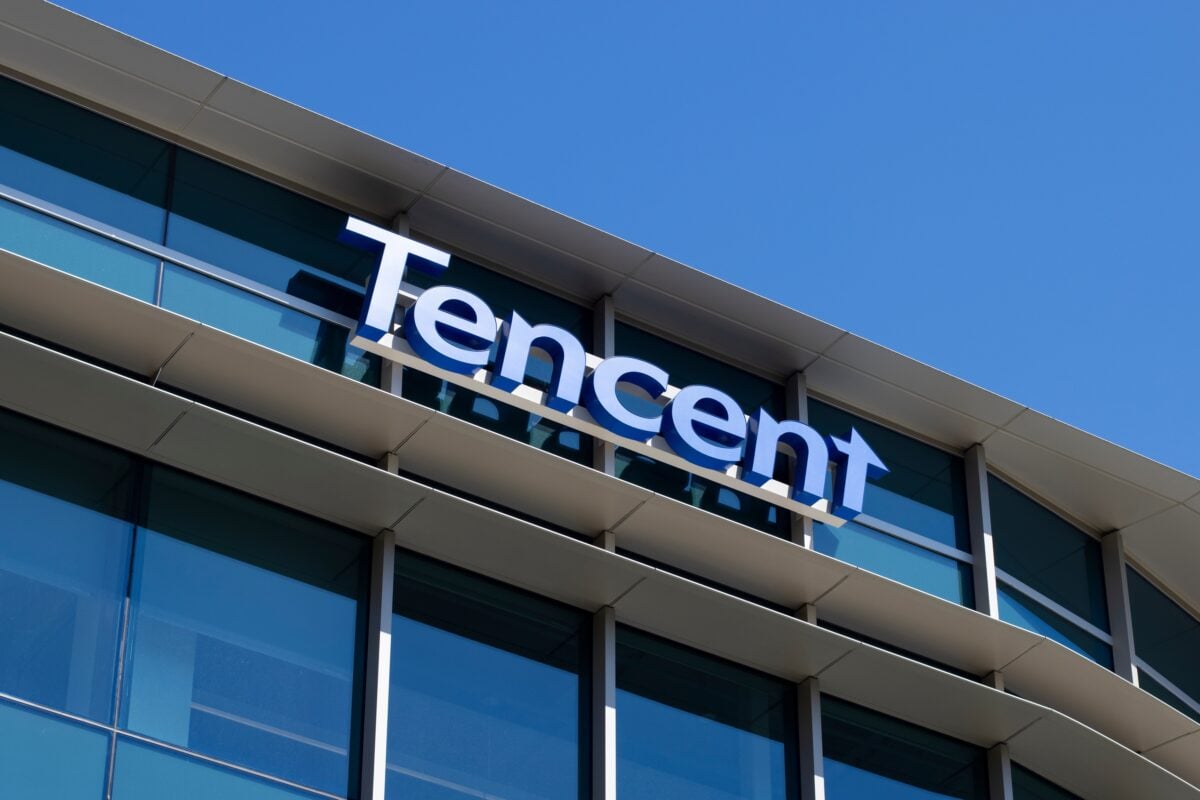TLDRs:
Contents
- Tencent’s Hunyuan3D 2.1 sets a new benchmark in 3D asset generation, surpassing rivals in shape accuracy and texture realism.
- The system simplifies asset creation using a two-stage process that separates geometry and texture rendering.
- It enables faster, more accessible 3D modeling across industries like gaming, VR, and design.
- While effective in controlled settings, further refinement is needed for more complex real-world use cases.
Tencent has unveiled a new AI-powered system that is setting a fresh benchmark in the field of 3D asset creation.
Known as “Hunyuan3D 2.1,” the tool significantly advances the quality and accessibility of 3D modeling, outperforming top industry models in both shape fidelity and texture realism.
Model Redefines 3D Content Creation
Hunyuan3D 2.1 is the latest iteration of Tencent’s proprietary 3D generation model, developed by its in-house research team. What sets it apart is its two-stage generation pipeline that separates shape construction from texture rendering. This design allows for greater flexibility and realism in outputs, an area where previous models often struggled to deliver both geometric precision and visual quality simultaneously.
Quantitative testing places Hunyuan3D 2.1 ahead of notable predecessors like Michelangelo and Craftsman 1.5. The model’s ability to maintain fine surface details and generate consistent, photorealistic textures marks a leap forward for developers working in gaming, augmented reality, film, and industrial design.
Historically, creating high-quality 3D assets required a blend of technical skill, expensive software, and a significant time investment. By streamlining the generation process and allowing image-based inputs, Hunyuan3D 2.1 dramatically lowers that entry barrier. Developers, designers, and creators can now produce production-ready 3D models from simple photographs or concept images without needing deep domain expertise.
This shift mirrors a larger trend within Tencent’s AI strategy. Just last week, the company launched AI Builder, a conversational development platform that lets users build full applications using natural language. Both innovations speak to Tencent’s broader mission: democratizing access to sophisticated digital tools through intuitive AI systems.
Real-World Potential and Ongoing Challenges
The implications of this 3D modeling breakthrough are vast. Game developers can quickly prototype new characters or environments. VR content creators gain a tool for building immersive worlds at scale. Industrial designers can use it to visualize and iterate physical product ideas with greater speed and realism.
Yet, the technology is not without limitations. Real-world applications still present obstacles such as lighting inconsistencies, occlusion handling, and the recreation of highly intricate forms. The research team has acknowledged that while Hunyuan3D 2.1 delivers superior results in controlled settings, further work is needed to optimize performance in more complex, real-time environments.
A Broader AI Renaissance for Tencent
This release lands in the midst of a rapid surge in AI innovation from Tencent, which has made simplifying digital creation a core priority.
Both Hunyuan3D 2.1 and AI Builder highlight a shift from traditional, code-heavy processes to user-friendly interfaces powered by advanced generative models. As industries ranging from gaming to architecture begin to embrace AI-led workflows, Tencent appears well-positioned to be a catalyst for this transformation.
In the race to dominate the generative AI space, Tencent’s latest innovations are more than just technical milestones. They are signals of a future where creative production is no longer restricted by technical know-how but driven by imagination and guided by intelligent systems.


